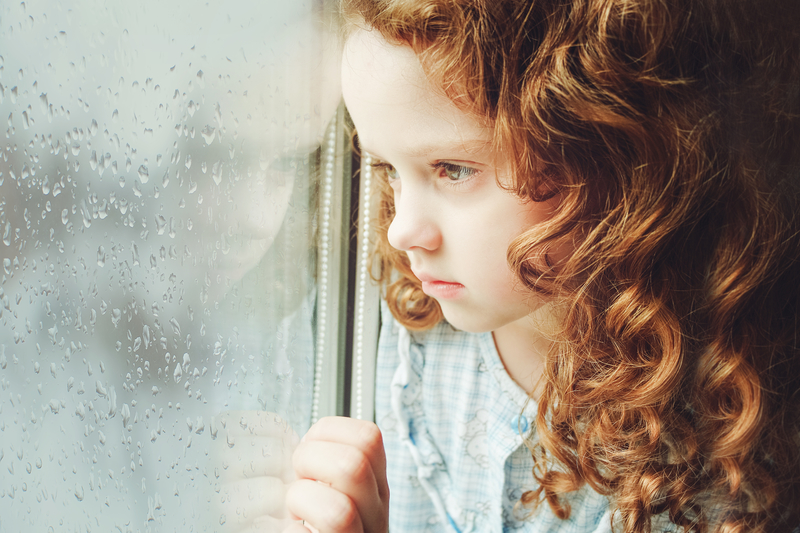According to the latest results from the National Survey of Children’s Health, 22 percent of children in the United States, more than 15.6 million kids total, have experienced two or more potentially traumatic events. The word “trauma” seems to be trending these days; however, it is not merely the latest social cause or a new diagnostic trend in mental health. Trauma has been a legitimate concern globally for centuries. This article serves to educate on trauma and how we as educators in the dance community can use a trauma-sensitive approach to enhance and enrich our classrooms and studios.
You might be wondering why this is important. Research has shown that trauma is embodied; it is not just the mind that houses the trauma but the body that, according to author and psychiatrist Bessel van der Kolk, “keeps the score”. That not only means that our body is impacted by trauma, but that moving or touching the body in a certain way can cause the trauma to resurface. When trauma gets trapped in the body, there is no one way to release it, nor is there one way it is stored. Every individual may experience where they hold their trauma differently and possess different “triggers”. With this awareness comes great responsibility. While it is not our duty or expertise to counsel our students in our classrooms or studios, it is our obligation as educators to support the physical and mental health of every student. Creating an environment where safety, trust and communication are not only a priority but are an integral part of the curriculum. The first step to creating a trauma-sensitive culture is understanding trauma.
What is trauma?
Trauma is defined as a deeply distressing experience. It is not only an emotional response but a chemical and physical response as well. Exposure to trauma impacts the development of the brain which impacts social and emotional learning, cognitive development and emotional regulation. Trauma types may include bullying, domestic abuse, sexual assault, neglect, injury or medical, system-induced, war or political, terrorism, natural disasters, and separation or tragic loss. A certain amount of emotional trauma is expected following a distressing event. However, in some cases, the nervous system gets stuck in a state of shock, leaving the individual unable to process their emotions and potentially make sense of what has occurred. Let’s take a look at the range of intensity and duration of a traumatic event.
The trauma spectrum
- Acute Trauma – a single time limited event
- Chronic Trauma – multiple traumatic exposures and/or events over extended periods of time
- Complex Trauma – experiences of multiple traumatic events and the impact of exposure to these events (often occurring within the care-giving system)
- Secondary Traumatic Stress – emotional duress that results when an individual hears about the firsthand trauma experiences of another.
- Vicarious Trauma – exposure to the trauma of others by providers, educators, social-workers and any other mental health professional
Signs of trauma
Most commonly individuals will experience a “flight, fight or freeze” response. This can result in symptoms such as, but not limited to:
- Panic attacks
- Flashbacks
- Anxiety
- Intrusive thoughts
- Development of new fears
- Separation anxiety (particularly in young children)
- Sleep disturbance, nightmares
- Sadness
- Loss of interest in normal activities
- Inability to concentrate
- Decline in productivity and focus
- Anger
- Somatic complaints/physical ailments
- Irritability
These symptoms, you may be thinking, can suggest other conditions outside of trauma. While that is true, this article is about creating sensitivity and awareness around trauma. This is merely changing the narrative in terms of what we may see in the classroom and what may be another explanation or cause. So how can we create this new culture?
Creating a trauma-sensitive culture
- Get to know your students holistically.
- Place importance on trust and safety.
- Empower students to use their voice.
- Ask permission to touch or when correcting body alignment.
- Focus on students’ strengths.
- Pay attention to students’ body language.
- Seek professional assistance when needed.
This article is not intended to turn dance educators into counselors or therapists. The point is that there are signs and symptoms that we can look for and familiarize ourselves with so that we can help our students get the support they need. Additionally, we can educate ourselves so that we do not re-traumatize but rather create a safe and supportive environment.
Additional Resources:
- National Center for PTSD: www.ptsd.va.gov
- American Dance Therapy Association: www.adta.org
- National Institute of Mental Health: nimh.nih.gov
 By Erica Hornthal, LCPC, BC-DMT, Dance/Movement Therapist, CEO of Chicago Dance Therapy.
By Erica Hornthal, LCPC, BC-DMT, Dance/Movement Therapist, CEO of Chicago Dance Therapy.
Erica Hornthal is a licensed professional clinical counselor and board certified dance/movement therapist based in Chicago, IL. She received her MA in Dance/Movement Therapy and Counseling from Columbia College Chicago and her BS in Psychology from the University of Illinois Champaign-Urbana. Erica is the founder and CEO of Chicago Dance Therapy, the premier dance therapy and counseling practice in Chicago, IL. As a body-centered psychotherapist, Erica assists clients of all ages and abilities in harnessing the power of the mind-body connection to create greater awareness and understanding of emotional and mental health. For more, visit www.ericahornthal.com.















